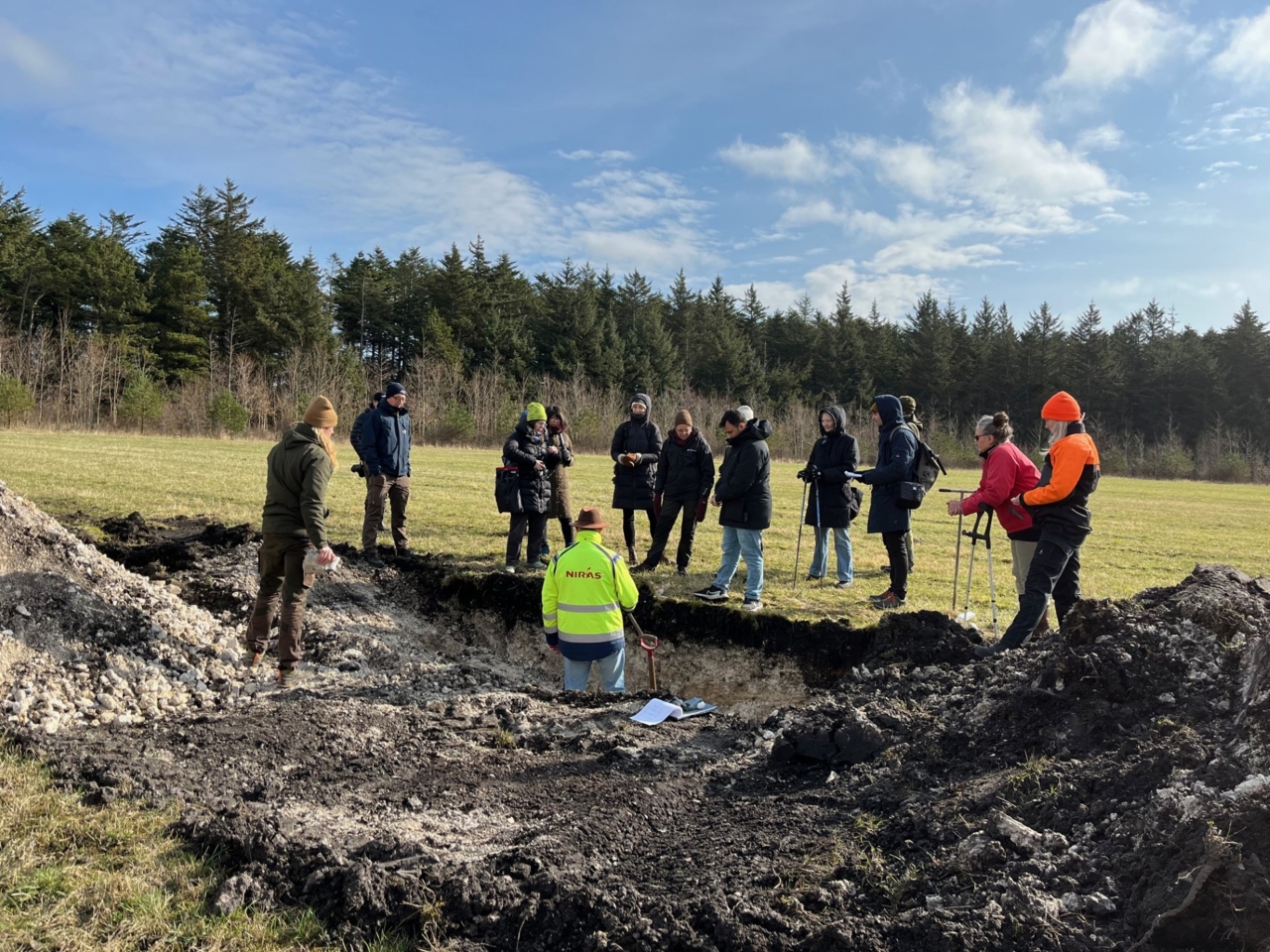
1.2 Understanding forest degradation

Forests are vital to life on Earth. They provide clean air and water, store carbon, support biodiversity, provide opportunities for recreation, and offer resources like wood. But when forests become unhealthy or lose their complex structure and ability to function properly, we call this forest degradation.
What causes forest degradation?
Forest degradation can happen for many reasons, often linked to human activity and environmental stress. The main causes include:
- Land use change: When forests are cleared for farming, cities, or roads, the damage is often permanent. This is called deforestation.
- Overuse of resources: Cutting too many trees or letting too many animals graze can prevent forests from recovering. This leads to soil erosion, loss of forest regeneration, and even desertification. This was a widespread cause of degradation of European forests in the past.
- Climate change: Recent human-induced rising temperatures, droughts, and pest outbreaks weaken trees and make forests more vulnerable. Also, intensity and frequency of dieback by wildfires and storms increases.
- Air pollution: Chemicals like sulfur and nitrogen from factories and farms can damage forest soils, reduce biodiversity, and harm tree health. Although these issues have improved recently, this cause of degradation in European areas with fossil-based industries and intensive livestock farming remains unresolved.
- Poor or unbalanced forest management: Focusing too much on one management goal over large areas like in the case of industrial wood production can create simplified forest structures (monocultures, even-aged stands, coppices, short rotations) and reduce a forest’s ability to support wildlife, store carbon, or provide recreation.
How can we recognize a degraded forest?
Signs of forest degradation can be seen in the soil, the trees, and the biodiversity:
- Soil problems: Erosion, compaction, acidity, and low biological activity are all warning signs.
- Loss of tree structure: A degraded forest may have few tree species, a low canopy cover or permanent large gaps in the canopy, a lack of tree regeneration, a shortage of old and dead trees.
- Biodiversity loss: Fewer plant and animal species, especially those sensitive to change, often indicate a problem. Biodiversity is an important factor of risk reduction and stability in forests and may lead to reduced function.
- Reduced function: Degraded forests may produce less wood, show lower levels of nutrient recycling, pollination and water buffering, and be less resilient to change.
These problems are often connected. For example, poor soil can lead to weaker trees, which are more likely to be damaged by storms, creating a downward spiral of degradation.
Why does it matter?
When forests degrade, the services they provide decline. This can mean:
- Lower wood production due to poor soil health.
- Enormous losses in the whole range of ecosystem service provision due to massive climate change related forest disturbances.
- Loss of biodiversity and scenic beauty in forests that are managed only for timber production.
- Imbalance between different forest uses like focusing too much on production and not enough on recreation or conservation, or vice versa, multifunctional forest with too low wood income or too low- quality timber stoc
What counts as “degraded” can vary depending on local needs and expectations. A forest that is considered in good condition in one place might be considered degraded in another if it no longer meets the needs of the people or ecosystems that depend on it.
What can we do?
The good news is that forest degradation isn’t always permanent. With better management, restoration efforts, and action on climate change, we can protect and even restore many of our forests – ensuring they continue to support life for generations to come.
Related resources
Success from the ground up: Participatory monitoring and forest restoration
Global forest restoration initiatives offer a critical chance to reverse deforestation and degradation, but success depends on collaboration across stakeholders and strong local involvement. Effective monitoring systems are essential to scale, adapt and track progress, with participatory monitoring emerging as a key tool. This review explores its role through case studies, experiences and concepts, highlighting lessons learned and pathways to enhance restoration outcomes worldwide.




